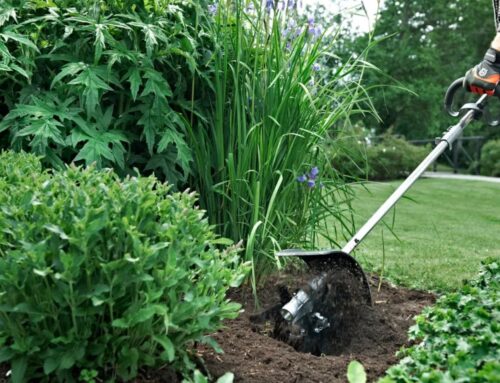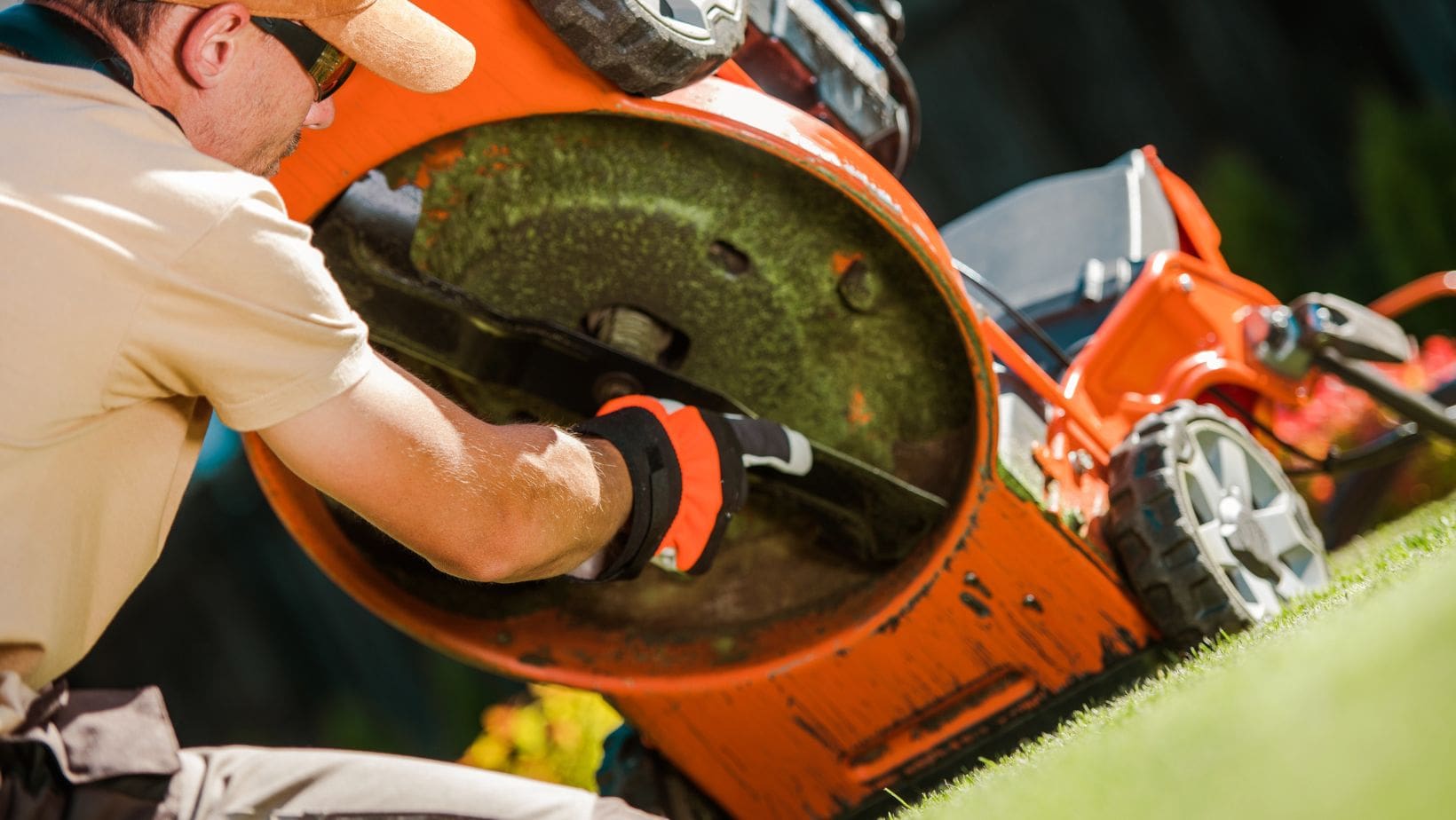
How to Prevent Garden Machinery Breakdowns in Summer
Summer is the season when your garden machinery truly earns its keep. From early morning lawn cuts to all-day landscaping jobs, your equipment faces hotter temperatures, heavier use, and more dust and debris than at any other time of year. Whether you’re managing a domestic garden, overseeing grounds maintenance, or running a farm, avoiding breakdowns isn’t just about convenience—it’s about keeping productivity high and costs low.
But here’s the good news: most summertime machinery failures are preventable. With a little know-how and regular care, your lawnmower, strimmer, chipper, or tractor can keep running smoothly through the busiest months. So, let’s explore the best ways to carry out garden machinery maintenance and groundscare machinery maintenance during summer to help you keep your equipment in tip-top condition…
1) Clean Your Machinery After Every Use
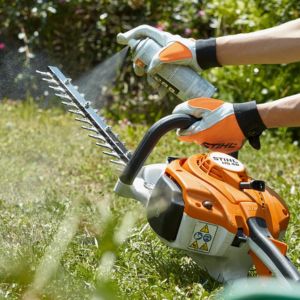 One of the easiest ways to prevent issues arising is also one of the most overlooked. After every job, take a few minutes to clean down your machine. Debris build-up—especially around vents, blades, and moving parts—can block airflow and hold moisture, accelerating rust and reducing efficiency.
One of the easiest ways to prevent issues arising is also one of the most overlooked. After every job, take a few minutes to clean down your machine. Debris build-up—especially around vents, blades, and moving parts—can block airflow and hold moisture, accelerating rust and reducing efficiency.
For garden machinery like strimmers, lawnmowers, and hedge trimmers, use a stiff brush or compressed air to clear away grass and sap. In larger groundscare machinery, focus on clearing radiators, fans, and any exposed mechanical linkages.
Not only will this keep your machinery functioning efficiently, it will also extend its lifespan by helping you spot early signs of any serious issues.
2) Prioritise Cooling Systems
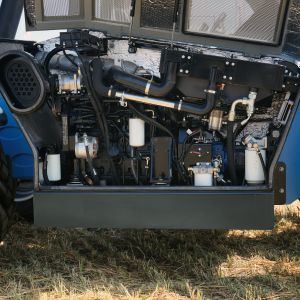 Overheating is one of the top causes of summer machinery breakdowns. Engines generate a lot of heat under pressure, and if your cooling system isn’t functioning properly, you could be facing a burnt-out engine or warped internal parts.
Overheating is one of the top causes of summer machinery breakdowns. Engines generate a lot of heat under pressure, and if your cooling system isn’t functioning properly, you could be facing a burnt-out engine or warped internal parts.
Garden machinery like ride-on mowers rely on clean airflow and sufficient coolant. Agricultural machinery, meanwhile, must deal with chaff and dust from crops clogging radiators or air filters.
So, regularly inspect radiator fins, fans, and heat sinks. Remove any debris, and use compressed air to blow out blocked areas.
For machines with coolant systems, top up with the appropriate mix and replace any old fluid.
Check hoses for cracks, bulges, or leaks—particularly during high-heat spells.
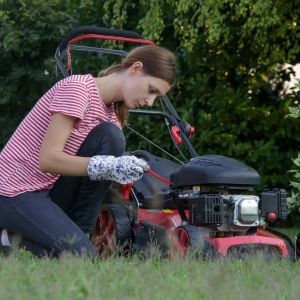 3) Stay On Top of Fluid Levels and Lubrication
3) Stay On Top of Fluid Levels and Lubrication
Engine oil, hydraulic fluid, and transmission fluid play vital roles in keeping machinery running smoothly. During summer, these fluids are consumed faster due to longer run times and higher operating temperatures.
Whether you’re carrying out petrol strimmer maintenance or caring for a garden tractor, ensure you:
- Check oil levels before every use.
- Look for signs of discoloured or milky fluid—this could point to contamination or overheating.
- Lubricate all moving parts with the recommended grease or oil to reduce wear.
4) Sharpen and Adjust Cutting Components
 Blunt blades are a recipe for inefficient work, increased fuel consumption, and added strain on your equipment’s motor. Dull edges tear rather than slice, meaning your mower or hedge trimmer has to work harder, while achieving a poorer result.
Blunt blades are a recipe for inefficient work, increased fuel consumption, and added strain on your equipment’s motor. Dull edges tear rather than slice, meaning your mower or hedge trimmer has to work harder, while achieving a poorer result.
This is why you need to sharpen mower blades and hedge trimmer teeth as needed. Also, check that mower decks are level and that the blade height is suited to your lawn conditions.
For brushcutters and strimmers, keep replacement heads or spools to hand so you’re never caught out mid-job. Strimmer maintenance is especially important during the summer, when tougher weeds and thicker grass demand peak cutting performance.
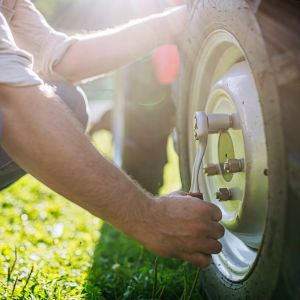 5) Check Tyres, Tracks and Belts
5) Check Tyres, Tracks and Belts
On agricultural or groundscare machinery, tyres and drive belts can take a pounding during summer. Tyres exposed to extreme weather or heavy loads may crack, lose pressure, or wear unevenly. You should inspect tyres for signs of damage and keep them inflated to manufacturer specifications.
Also, inspect belts for fraying, tension loss or splits, and replace them before they fail under pressure.
This form of groundcare machinery maintenance pays off quickly by reducing rolling resistance and maintaining control, especially on uneven terrain.
In terms of garden machinery, check mower wheels for proper alignment—this helps reduce drag and protect your lawn.
6) Inspect Air and Fuel Filters
 Airborne dust, pollen, and dried plant material can easily clog filters and reduce engine efficiency. This not only makes your machinery run hotter but also reduces power output and increases fuel use.
Airborne dust, pollen, and dried plant material can easily clog filters and reduce engine efficiency. This not only makes your machinery run hotter but also reduces power output and increases fuel use.
Clean or replace air filters according to your manual—more frequently if operating in particularly dry or dusty environments.
Use fresh fuel as stale petrol can gum up carburettors and fuel lines, and keep fuel filters clean and free from water contamination.
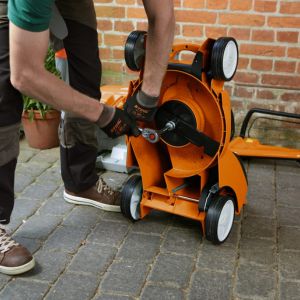 7) Perform Daily Visual Inspections
7) Perform Daily Visual Inspections
Before each job, give your garden machinery a quick once-over. It only takes a few minutes, but can prevent hours of downtime.
- Look for fluid leaks under the engine.
- Ensure all safety guards, cables, and switches are in place and functional.
- Double-check for loose nuts, frayed wires, or signs of wear on key components.
When it comes to larger machinery, such as compact tractors or utility vehicles, also check lighting systems, horn functions, and seat belt integrity—especially if used on public land.
8) Use the Right Tools and Store Machinery Properly
 Keeping a small inventory of essential tools makes your maintenance routine smoother. Have basics on hand like tyre gauges, grease guns, and spare spark plugs.
Keeping a small inventory of essential tools makes your maintenance routine smoother. Have basics on hand like tyre gauges, grease guns, and spare spark plugs.
When not in use, store garden machinery in a cool, dry place away from direct sunlight. Use dust covers or tarpaulins for additional protection and ensure the area is well ventilated to prevent moisture buildup.
9) Plan Seasonal Maintenance for Heavier Machinery
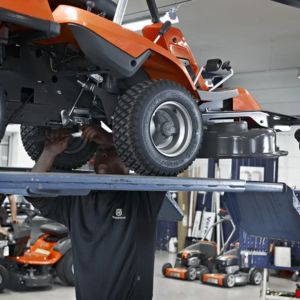 For agricultural equipment or commercial-grade groundscare machinery, seasonal servicing is a must. Beyond daily tasks, you’ll need to carry out more in-depth checks before and after peak periods.
For agricultural equipment or commercial-grade groundscare machinery, seasonal servicing is a must. Beyond daily tasks, you’ll need to carry out more in-depth checks before and after peak periods.
This might include:
- Flushing hydraulic systems.
- Servicing the brake system.
- Replacing worn PTO components.
- Calibrating GPS or automated seeding systems.
Keeping a log of these maintenance activities not only helps with future scheduling but can also support warranty claims and resale value.
10) Choose the Right Support
 At the height of summer, even the best-maintained machines may need new parts or specialist accessories to stay in working order. That’s why having fast, reliable access to support is so valuable.
At the height of summer, even the best-maintained machines may need new parts or specialist accessories to stay in working order. That’s why having fast, reliable access to support is so valuable.
At Garden Machinery Direct, we don’t just supply top-quality equipment—we also help you maintain it. Our extensive Accessories section includes everything from replacement strimmer lines and mower blades to oils and specialist cleaning products.
And if something does need replacing? Our Spare Parts Finder makes it simple to identify and order exactly what you need. Just input the name or SKU, and we’ll help you locate the correct part.
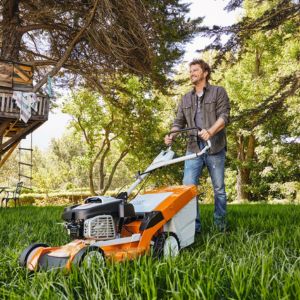 Final Thoughts
Final Thoughts
Summer puts every piece of garden and agricultural equipment to the test. By adopting a routine of proactive garden machinery maintenance—backed up with the right tools, knowledge, and support—you can keep your garden machinery running safely and efficiently all season long.
From daily visual inspections to sharpening blades and checking fluid levels, these simple habits pay dividends in reduced downtime and extending your equipment’s lifespan. Whether you’re fine-tuning a petrol strimmer or servicing a ride-on mower, prevention is always better than cure.

